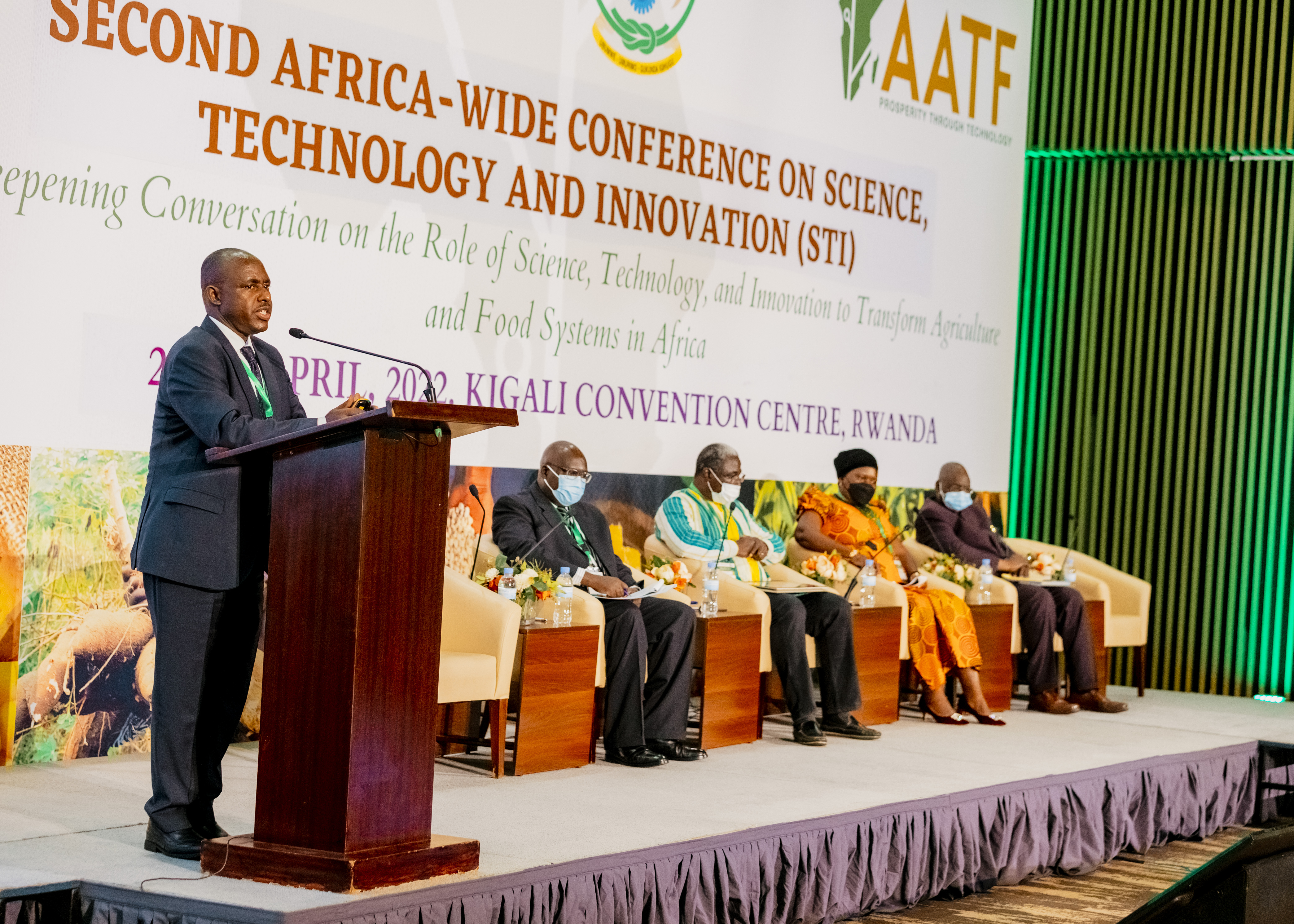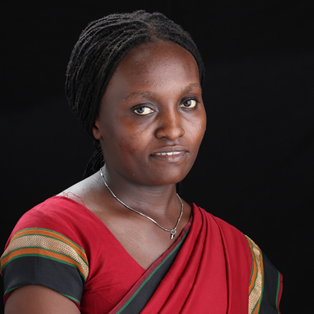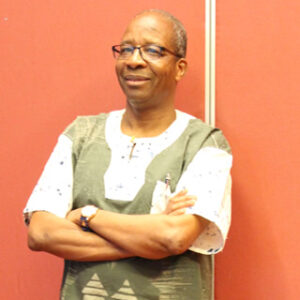By Vitumbiko Chinoko.
The Second Africa-Wide Conference on Science, Technology, and Innovation (STI) recently held in Kigali, Rwanda, concluded with an urgent call for African governments, regional economic communities and continental organs including the African Union, African Development Bank, United Nations Economic Commission for Africa, and non-state actors including the private sector to sustain the recognition of the role and importance of STI in socio-economic advancements.
The meeting also intensified calls for African States to make progressive steps to integrate STI in their respective national investment plans and frameworks to ensure ownership of the agenda and make it relevant to the local developmental needs. The conference reiterated the central role of science and technology in the socio-economic development of the continent and to the transformation of rural livelihoods.
The apt and timely call was made by participants attending the conference, which was co-organized by the AATF, the Government of Rwanda, and the African Union Development Agency – New Partnership for Africa’s Development (AUDA-NEPAD).
While African governments have often reiterated the role of STI in the transformation of the agricultural sector as an imperative engine to Africa’s survival and growth, the process has been slow amid continuous and emerging challenges.
The conference noted the need for STI to inform agricultural policy and implementation decisions to ably avert the challenges of climate change, population growth and emerging pests and diseases. To do this, the conference recalled the need for member states and actors to recommit to the principles of the Malabo Convention/Declaration, the UNESCO call for 1 per cent of GDP investment into STI and the Agenda 2063 all of which have placed Science and technology and the engine for transformation for Africa.
Reviewed from the perspective of impressive policy initiatives with limited implementation, it is suggested that several gaps have been apparent. These include Science and Technology being narrowly defined; insufficient emphasis on innovation; no explicit policies on innovation; few and weak institutional linkages and collaborations; generally weak engineering and entrepreneurial capabilities; limited finances and resources for technological innovations; low level of readiness for innovation and poor infrastructure.
Yet as already stated, Africa’s agricultural and structural transformation lies in the integration of STI in the sector at all levels of the value chains. Africa also needs to embrace new and emerging technologies that other continents have in the agricultural sectors such as biotechnology, gene editing, and nanotechnology, to increase food production, and fight diseases like malaria, TB and HIV and AIDS.
Granted, most countries lack the requisite scientific and technological capabilities to engage in these applications but then, herein lie the challenges that must be addressed. There is a need to increase capacity for STI at various levels by leveraging the Governance structures such as the Science, Technology, and Innovation Strategy for Africa (STISA), and STI Comprehensive Plan of Action (CPA)
Participants in the conference also agreed to ensure enhanced coordination with agencies like AUDA-NEPAD, African Biosafety Network of Expertise (ABNE), National Agricultural Research Systems (NARs), and African Development Bank (AfDB) to build integrated systems that work. Further, evidence suggests that Africa has previously put more emphasis on research and development with minimal success.
This is because it had a minimal emphasis on domestic technology and innovation. The balance must be struck. Africa needs to build on benchmarking and implementation strategies that work.
All these will only be possible if the call from the Kigali conference is heeded with increased budgetary spending on agriculture and ensuring a dedicated allocation for research and development to spur STI in the sector. The conference noted that the 10% commitment to agriculture is a good place to start though there is a need to ensure that STI has a hedged allocation.
However, African countries have responded to the 2012 Nairobi Ministerial Declaration on STI, that all African countries have STI policies by 2015 and go from silence to collaboration as guided by the Commitment of Africa Union Heads of State and Governments to devote at least one percent of their GDP for Research and Development as per the UNESCO resolution
In 2010, 74 per cent of the African Governments had dedicated ministries or departments mandated to promote STI through the development of policies and implementation strategies.
Accordingly, regional agencies like the Network of African Sciences Academies (NASAC) grew to 28members states in 2020, demonstrating the continent’s interest in STI.
But there is a need to ensure that agricultural research and development are prioritised in the national allocation just as Governments are prioritising agricultural investment through the dedication of 10 per cent of their national budget to Agricultural, as per the Malabo Declaration.
To enhance capacity at the national level, universities, private enterprises, financial institutions, technological support agencies, policymaking and research bodies and think tanks and governments all working together would ensure speedy responses and results.
These will ensure the urgent realization of advances in farm machinery and technology that enables scaling up, speed and higher productivity, seed technology, irrigation, fertilizers and hence, higher yields.
Innovatively, opportunities are already realized through minimal in areas such as bees, genetic editing, urban agriculture, blockchain technology and artificial intelligence. With further investments, drones could aid more in crop monitoring, and livestock monitoring and so should autonomously farming machinery.
These are all possibilities presented for Africa, but it all needs leadership and political will. Under President John Kofi Kufuor, STI positively saw cocoa production double within three years in Ghana while between 1993 and 2000 cereal output grew by 37 per cent.
Now, more than ever, there are several reasons for Africa to embrace STI including the need to address the pressing challenges of climate change, population growth, and the emergence of pests and diseases.
Why? Well, over the years the food import bill for Africa has been increasing and is estimated to soar to $110 billion by 2025. The gap generated by production deficits can be addressed through optimal integration of STI in African Agriculture.
We know that STI can be used to transform the agriculture and food system by acting as an incentivizing role for the integration of groups such as youth, who have found hoe and handle boring and alienated them from the sector.
Technological advancements in agriculture also provide vast potential for farmers, entrepreneurs, and investors to improve the productivity and efficiency of agriculture in Africa.
STI further present an opportunity to include more people in the agricultural value chain development, which is critical in socio-economic development, poverty eradication and reducing inequalities.
Increased production through technology and integration of STI also has the potential to improve the socio-economic status of households, an impact that will culminate in the improvement of national GDPs, spur industrialization and enhance value chain development.
Farmers in Africa can accomplish great things and continue the path of progress if they have access to the right mix of farming innovations—and a partner capable of making that happen.
The writer is the Open Forum for Agricultural Biotechnology (OFAB) Project Manager at AATF




































































